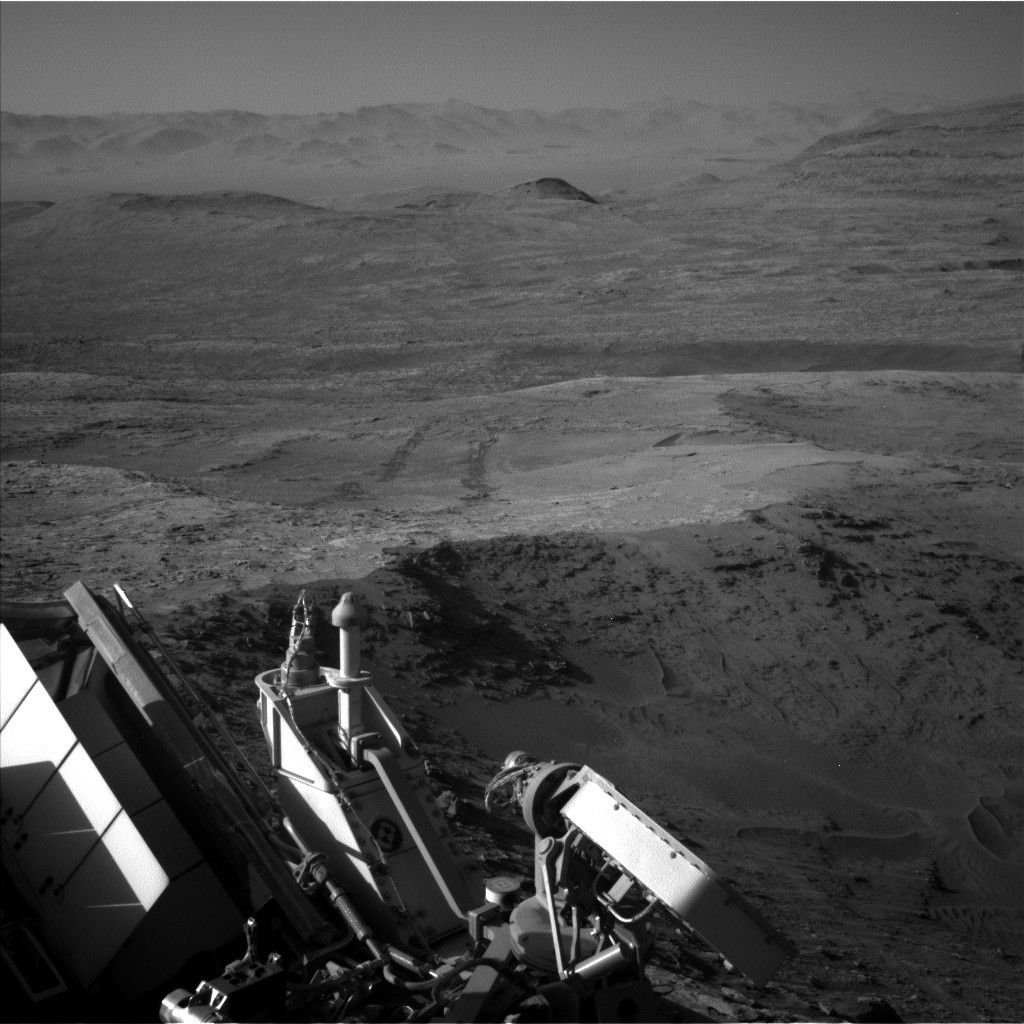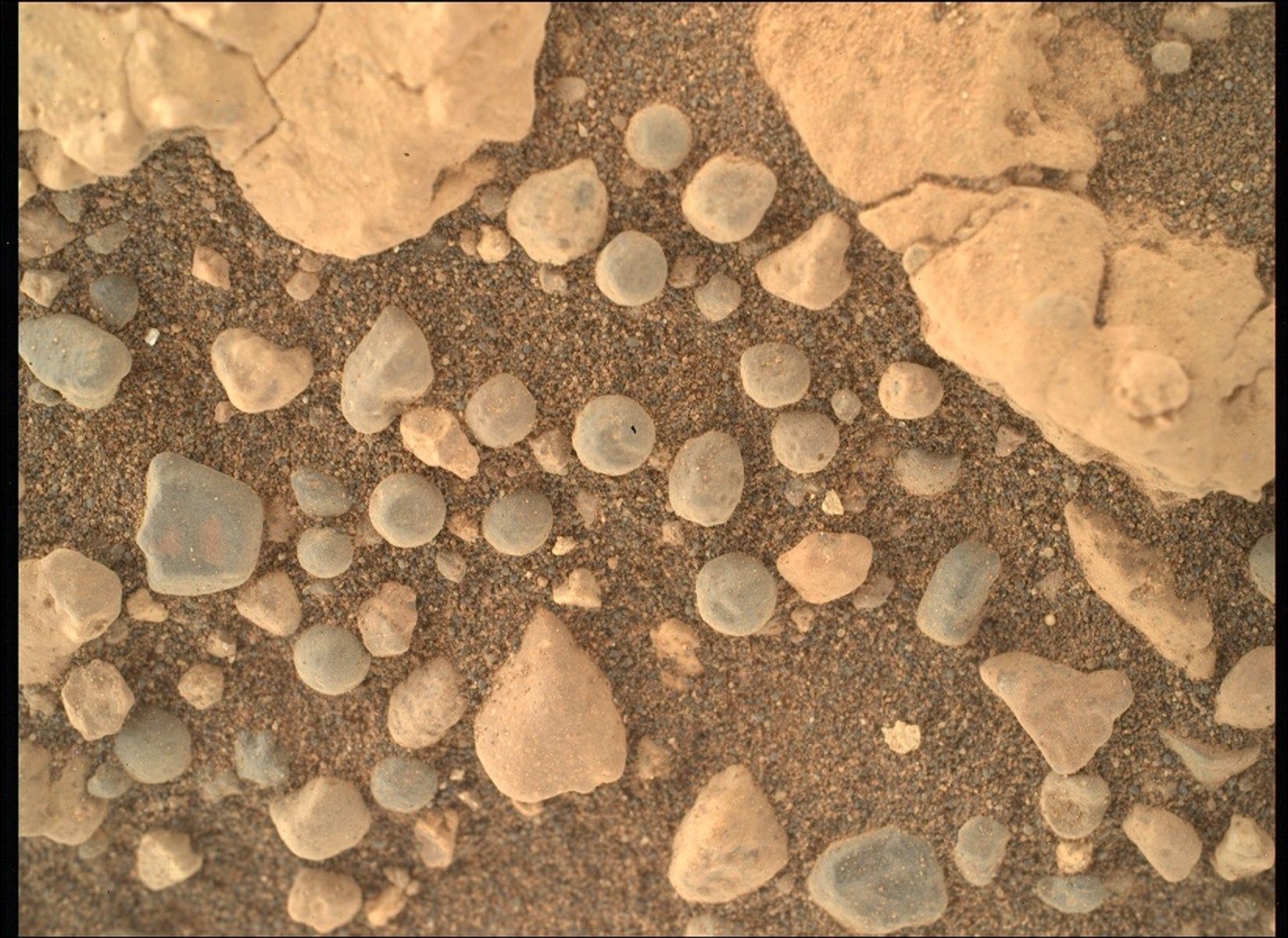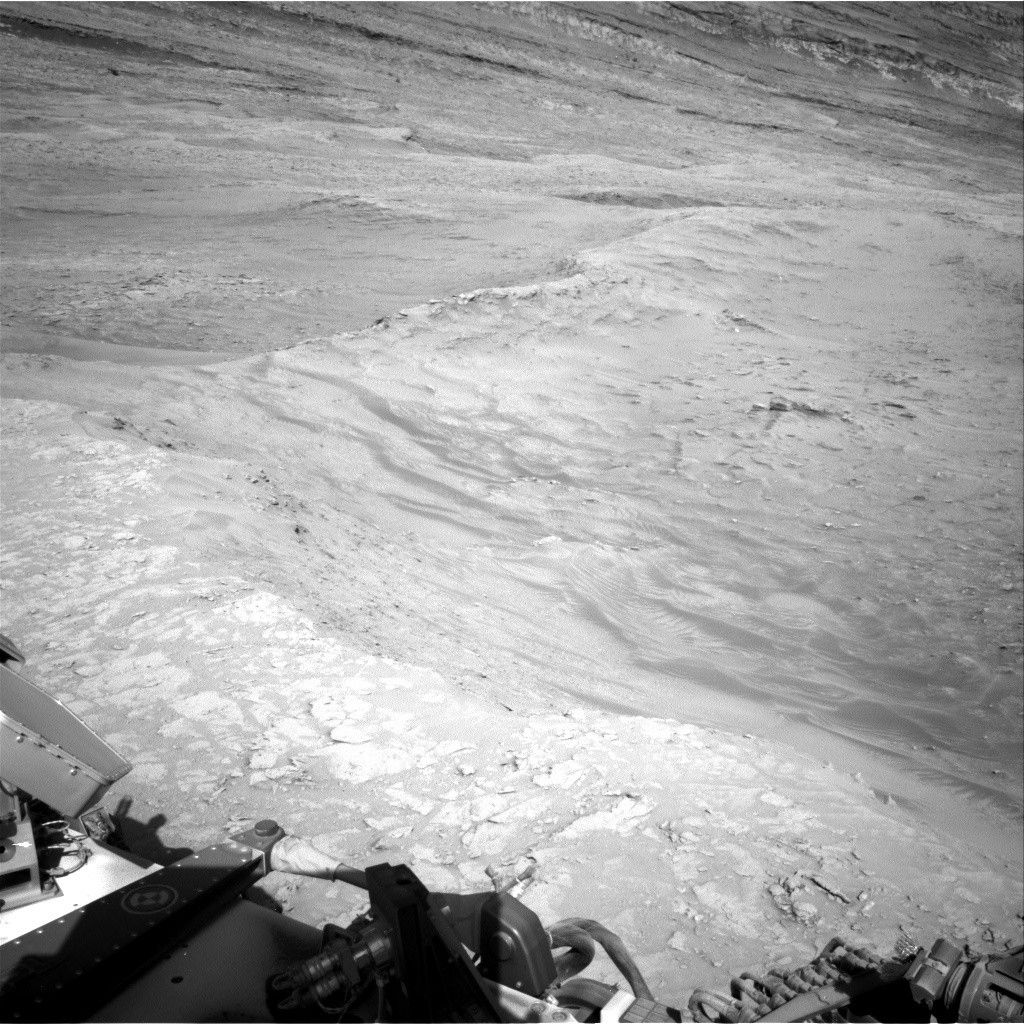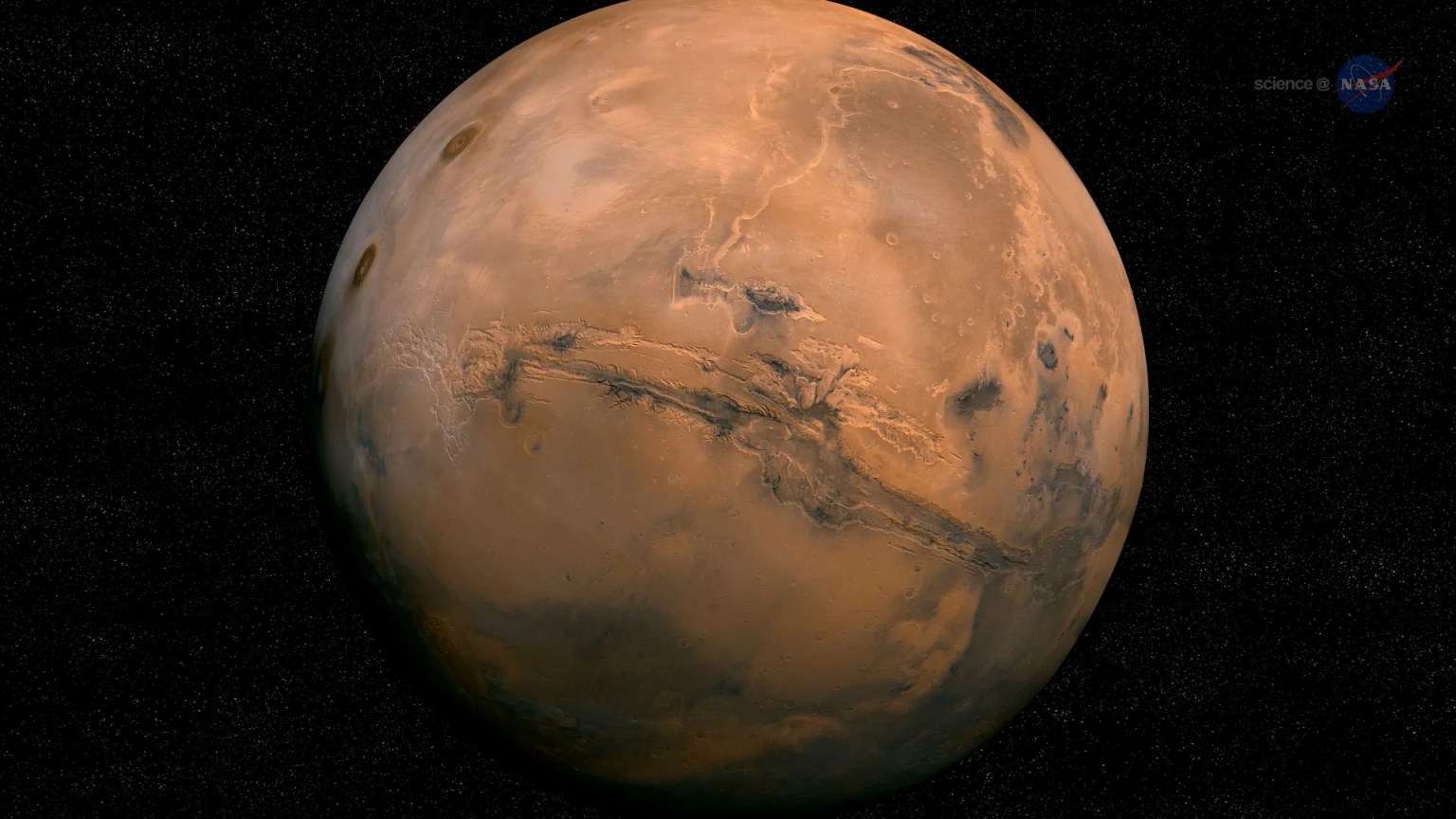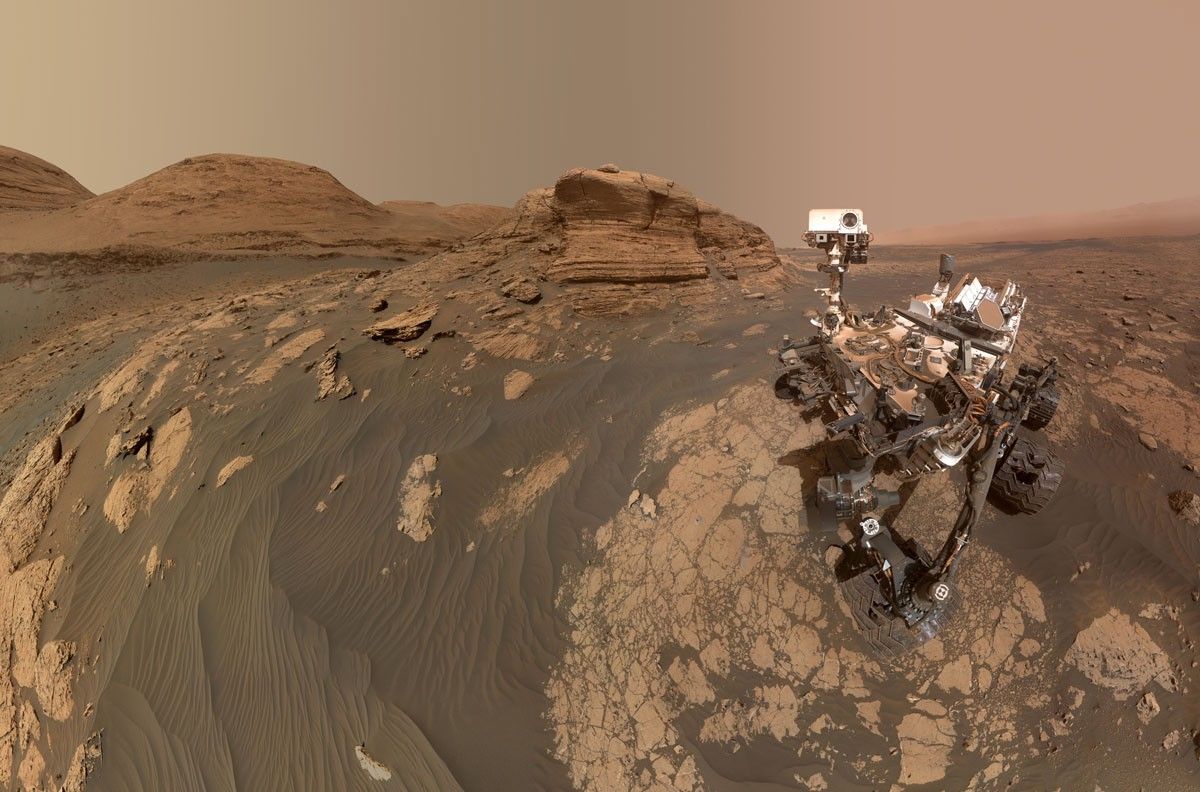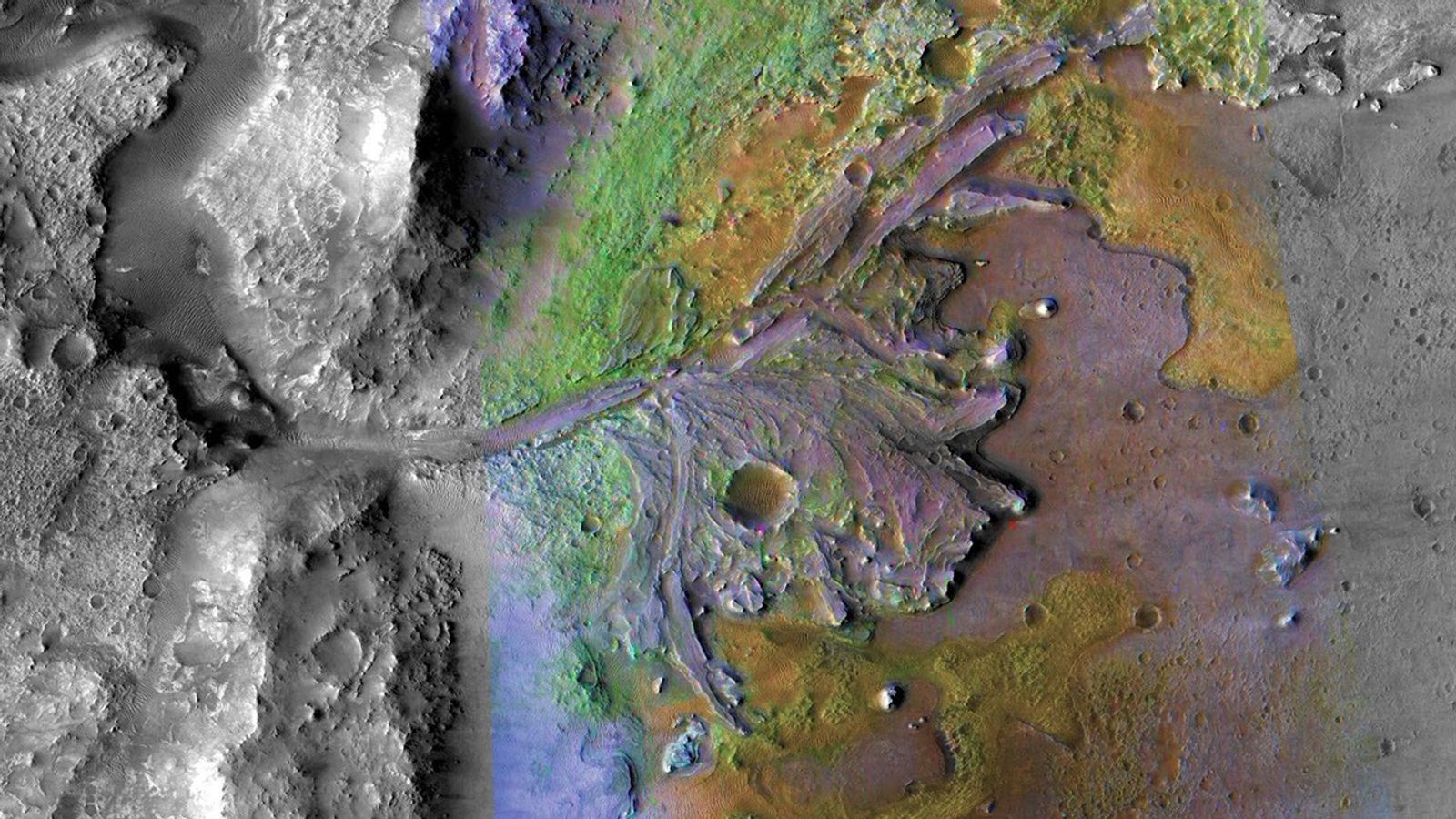4 min read
Curiosity Blog, Sols 4616-4617: Standing Tall on the Ridge
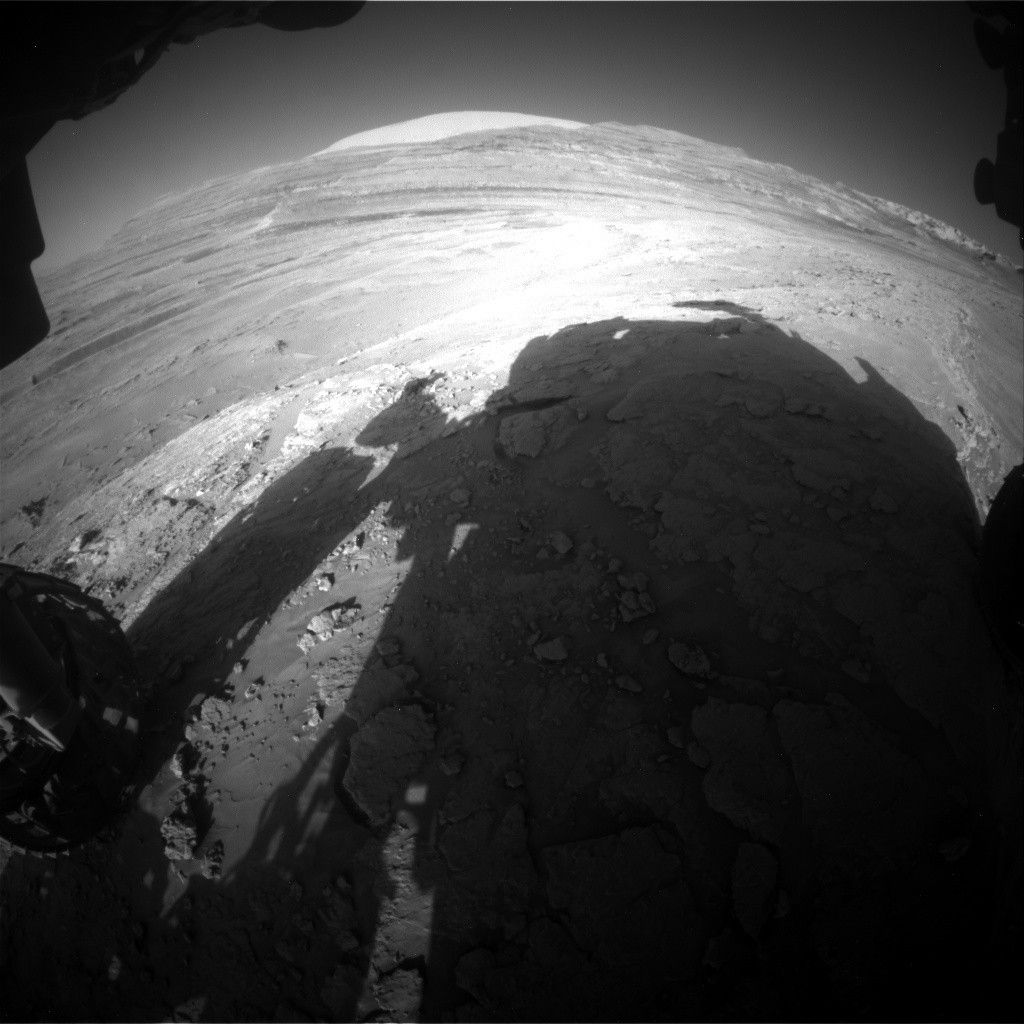
Written by Susanne P. Schwenzer, Professor of Planetary Mineralogy at The Open University, UK
Earth planning date: Wednesday, July 30, 2025
The day started with a little celebration of NISAR, a new Earth observation satellite that made it successfully into orbit a few hours before our planning started. We joined in by saying “GO NISAR, NASA, JPL, and ISRO” (the Indian Space Research Organisation, NASA’s mission partner, which launched NISAR). Learn more at the NISAR mission hub. Although our team studies Mars, Earth is a planet, too, and we are very happy for our colleagues’ successful launch!
On Mars, it’s still winter and the topic of every planning is how to maximize the science we can do given the increased power needs for heating our rover at this time of the year. Curiosity is parked on top of the main ridge, nicknamed the “autobahn.” It turned out to be not as smooth as its terrestrial namesake, as you can see in the image above. To arrive at this parking position, our rover drivers decided to take a small detour down into a flatter area and back up onto the ridge for safe off-road driving. The rover’s parking position allows for beautiful views around us, laying out the land of hollows and ridges perfectly to plan our next steps and to admire Mount Sharp in the distance.
Standing tall on the ridge, we got several investigations of the ridge-forming materials into today’s plan. APXS, MAHLI, and ChemCam are all teaming up to investigate the target “El Salto.” This is a target that could get us a glimpse into what formed the central line that is running along the big ridge. If you look closely at the images there are subtle differences in color and texture, and we are all curious whether that translates to chemical differences, too.
Of course, it’s not all about chemistry. Mastcam is busy documenting a small mound, and its context with veins and the hollow surrounding it, at the target “Llullaillaco.” The target “Cementerio De Tortugas” will capture sand ripples within a trough area, there is an extension of the workspace imaging in the plan for more context of today’s observations, and finally the ridge intersection is of interest at the target “Villa Abecia.” Of course, Mastcam didn’t forget the documentation of the ChemCam target “El Salto” and the AEGIS target from the last plan. Speaking of ChemCam: It’s using its imaging capabilities to document the side of the ridge to give finer details of the sedimentary structures of the target “Llullaillaco.”
Atmospheric observations are also of highest interest at this time of the day. We continue our atmospheric monitoring by looking for dust devils as well as up toward the clouds in a joint observation with the CASSIS instrument, which is aboard the European Space Agency’s Trace Gas Orbiter. In addition, Curiosity continues to monitor wind and temperature throughout the plan, and the DAN (dynamic albedo of neutrons) instrument observes the rocks underneath the rover for their water content.
After completing the observations at the current parking location, Curiosity will be driving off the ridge again, but this time to stay within the hollow, so we can make observations of the material that forms those hollows. Let’s see if we can find any chemical differences between those materials that might explain why one is standing up tall and the other one is weathering out. If you want to get a better impression of what I am talking about when I say ridges and troughs, have a look at this recent navigation camera mosaic.
